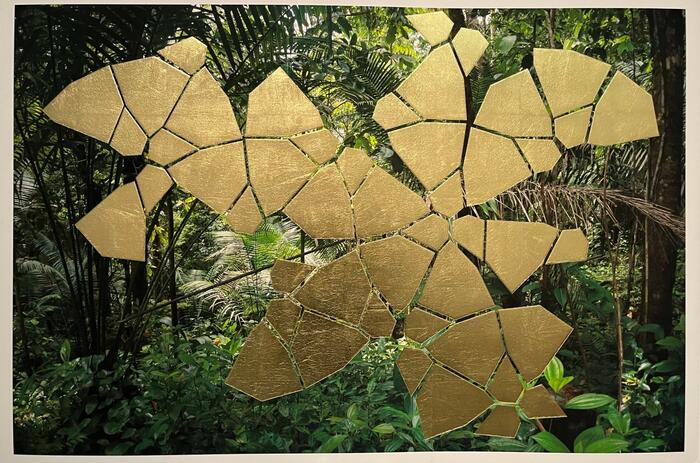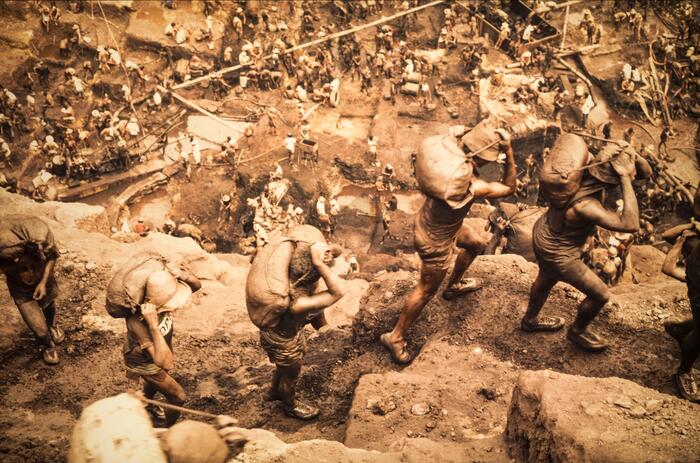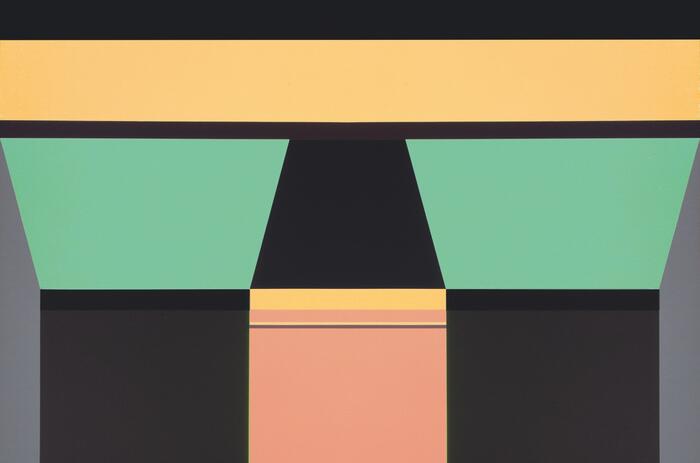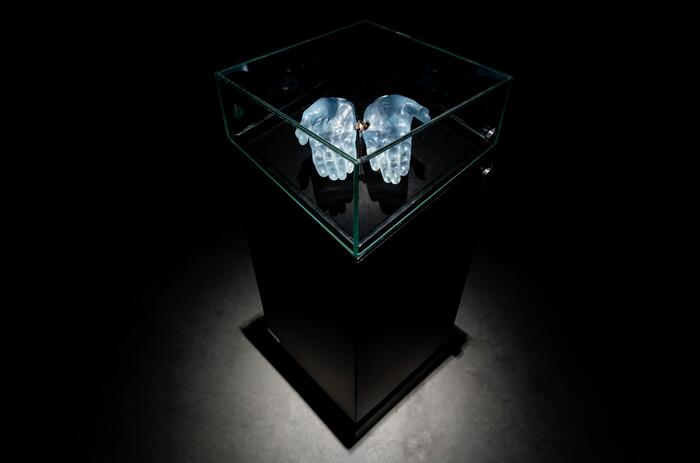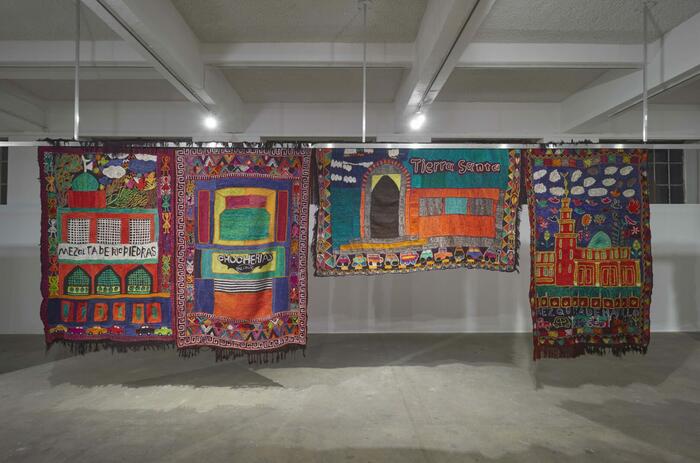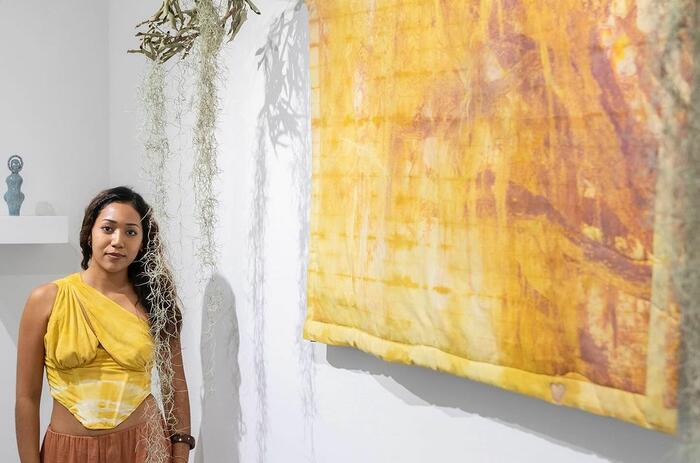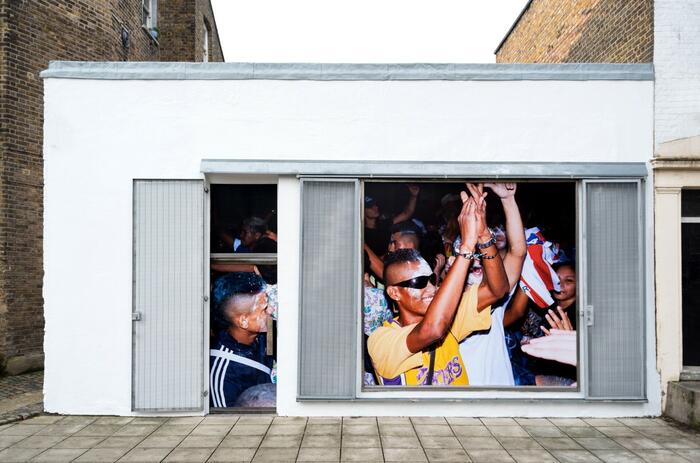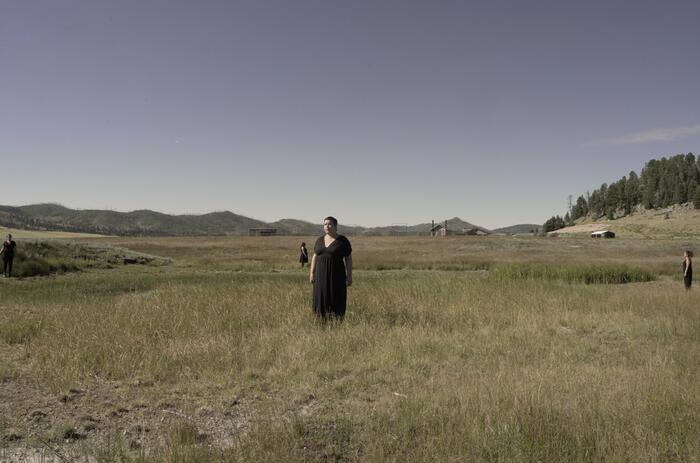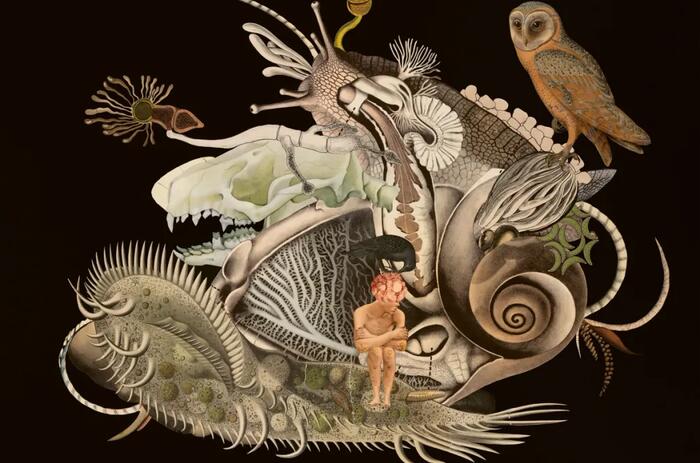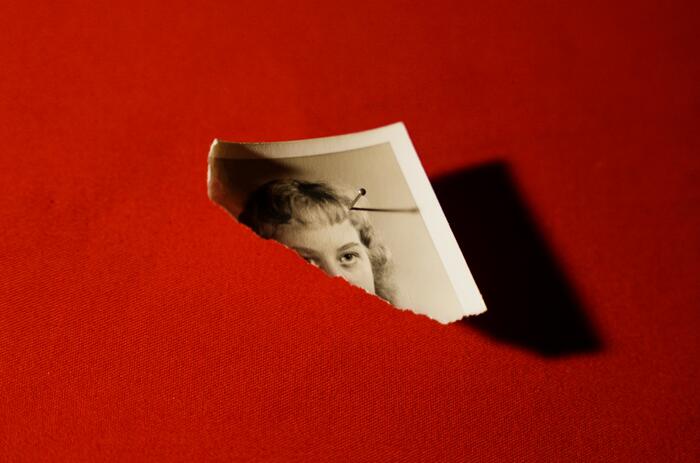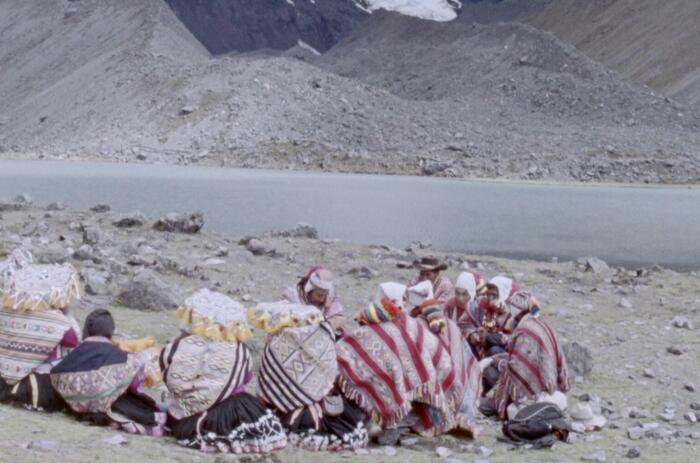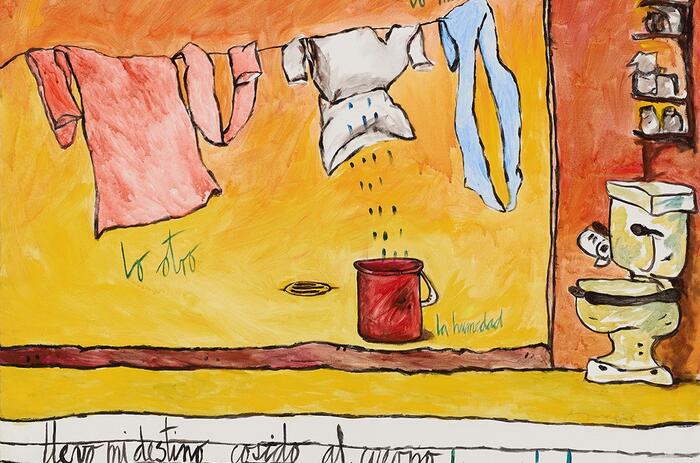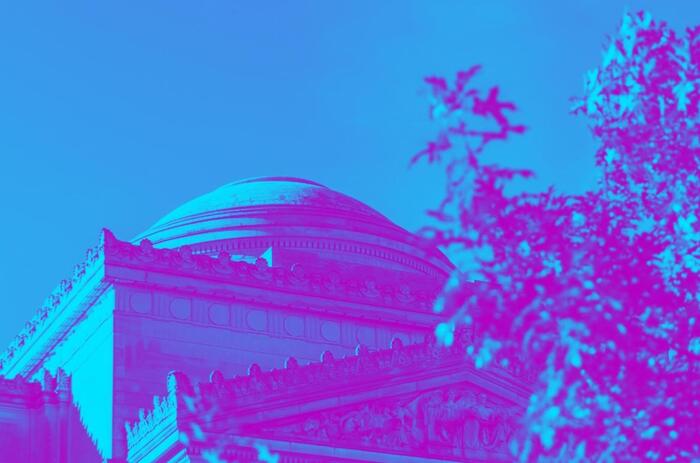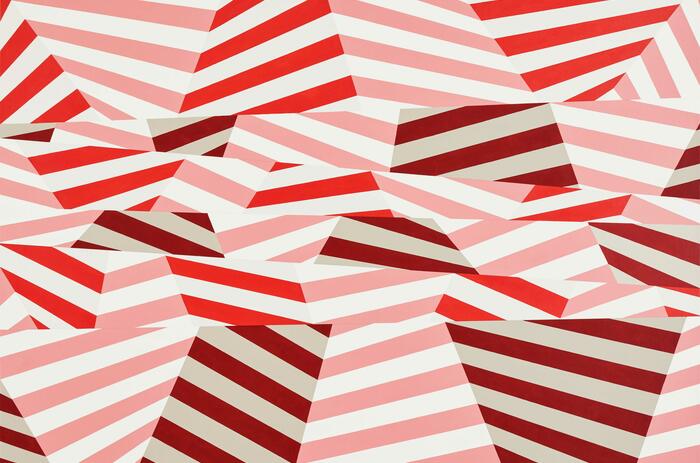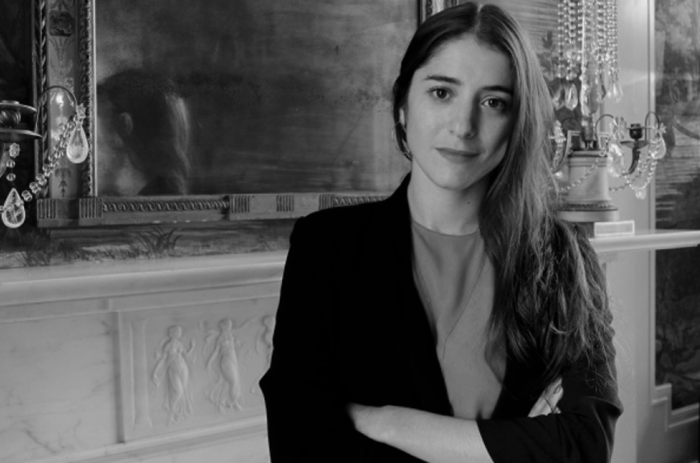AMERICAS SOCIETY PRESENTS PART II OF EXHIBITION EL DORADO
Americas Society opened Part II of El Dorado: Myths of Gold, an exhibition showcasing artworks by more than 60 artists that challenge, reinforce and question the continuity of the myth of El Dorado into the present.
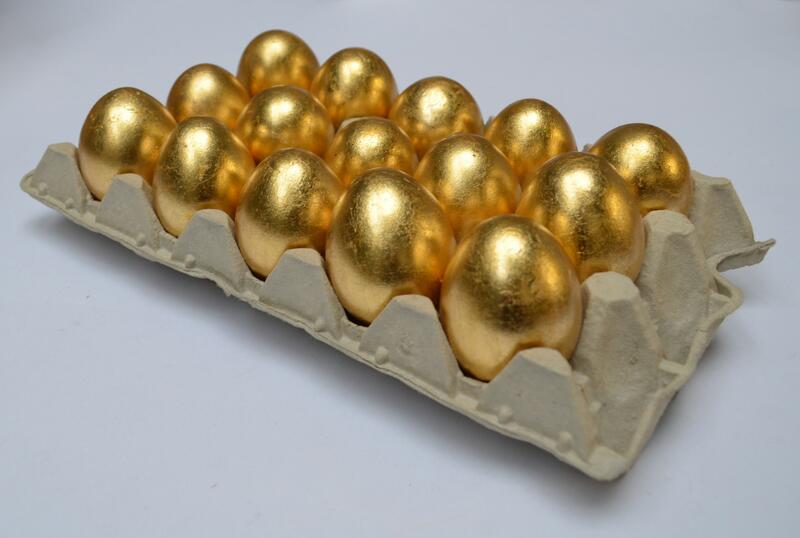
The exhibition brings together more than 100 objects and artworks that explore the myth as a foundational narrative of the Americas.
It includes paintings, prints, photographs, sculptures, engravings, and videos that offer new interpretations and questions about the myth from a hemispheric lens. Since the invasion of Europeans to the Americas, rumors spread quickly about a kingdom filled with gold, driving conquistadores to find it. Despite never being found, the mythical El Dorado defined the continent as an empty land up for grabs. El Dorado: Myths of Gold brings together artworks and artists that engage with the myth, sometimes offering a critical view and a path of resistance.
-
Priscilla Monge. Huevos de oro. (Golden Eggs), 1998. Gold leaf on chicken egg. 5 ⅞ × 5 ⅞ inches (15 × 15 cm). Courtesy of Hutchinson Modern & Contemporary
-
Bruno Baptistelli. Untitled (Manus), 2023. Resin, copper, and nickel, plated in 18 - karat gold. 13 ¾ × 17 ¾ × 1 ⅝ inches (35 × 45 × 4 cm). Courtesy of Galeria Luisa Strina and the artist.
-
Carlos Motta. Nefandus Trilogy, Nefandus, 2013. Video, color, sound, 13 minutes, 4 seconds. Courtesy of the artist and Galeria Filomena Soares, Lisbon; Galerie mor charpentier, Paris; and P·P·O ·W Gallery, New York and Galeria Vermelho, São Paulo.
-
Fernando Bryce. Turismo El Dorado, 2000. Fifty ink on paper drawings. 11 ¾× 8 ¼ inches (29.8 × 21 cm) each. Courtesy of Track 16 and the artist.
Part II highlights the work of artists like Carlos Motta, whose practice delves into themes such as gender and sexuality, colonialism and political activism. In his video Nefandus Trilogy, he presents two individuals on a boat and two monologues, one in Spanish and the other in Kogi, an indigenous language, reflecting upon different forms of oppression of Indigenous peoples as a result of colonization. Part II also showcases the work of Mathias Goeritz, a German emigree living in Mexico who incorporated gold in monochromatic pieces to evoke a sense of awe.
The exhibit includes works by artists of the Lambayeque civilization in the northern Pacific coast of Peru as well as metal disks and plaques by artists of the Greater Chiriquí region, geographically spanning what today is Costa Rica.
-
Rubén Ortiz – Torres. Long Shopper (Limo), 2015. Chromatic paint on shopping cart 42 × 81 × 23 inches (106.7 × 205.7 × 58.4 cm). Courtesy of the artist and Royale Projects.
-
Unknown Coclé artist, Central Panama. Double Warrior Pendant, 1150 – 1400 CE. Gold alloy. 2 ⅜ × 4 ⅜ × ¾ inches (6 × 11.1 × 1.9 cm). Denver Art Museum: Gift of Frederick and Jan Mayer, 1996. 111.
-
Ronny Quevedo. Los desaparecidos (the arbiter of time) (The disappeared [the arbiter of time]), 2018. Wax, pattern paper, and gold leaf on muslin. 48 × 60 inches (121.92 × 152.4 cm). Denver Art Museum: Purchased with generous funds from the Marion G. Hendrie Fund, Ralph L. & Florence R. Burgess Trust, and Alianza de las Artes Americanas in honor of Ruth Tomlingson, 2019. 85.
-
Karen Lofgren. Gold Flood, 2009/2019. Plywood, automotive paint. ¾ × 46 ½ × 6 ¼ inches (1.9 × 118.1 × 15.9 cm). Courtesy of the artist and Royale Projects
The show, which explores the myth of El Dorado from the Pre-Hispanic period to the contemporary era, is co-curated by Aimé Iglesias Lukin, Director and Chief Curator, Art at Americas Society; Tie Jojima, Associate Curator, Manager of Exhibitions, Art at Americas Society and Edward J. Sullivan, the Helen Gould Sheppard Professor of Art History, New York University.

